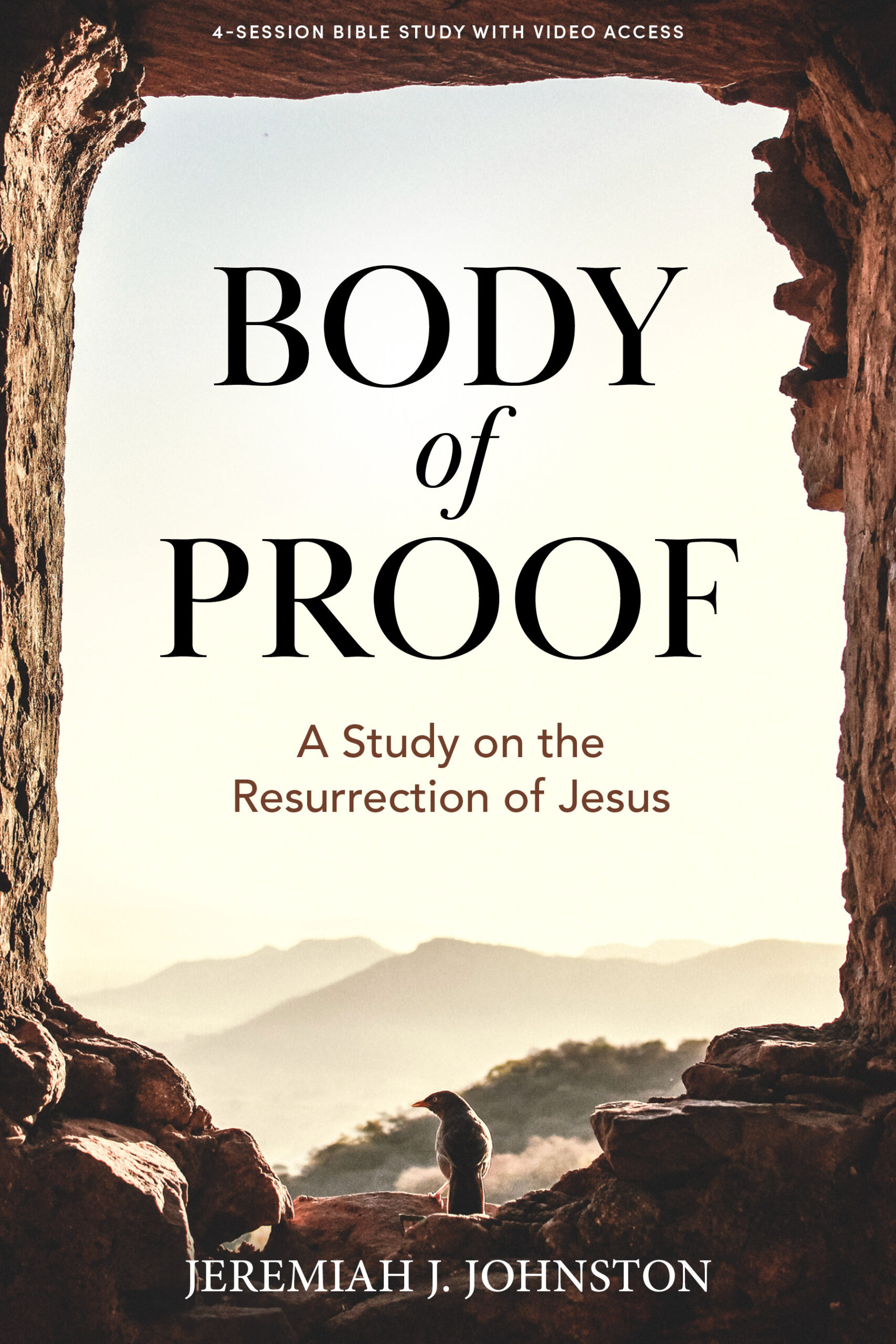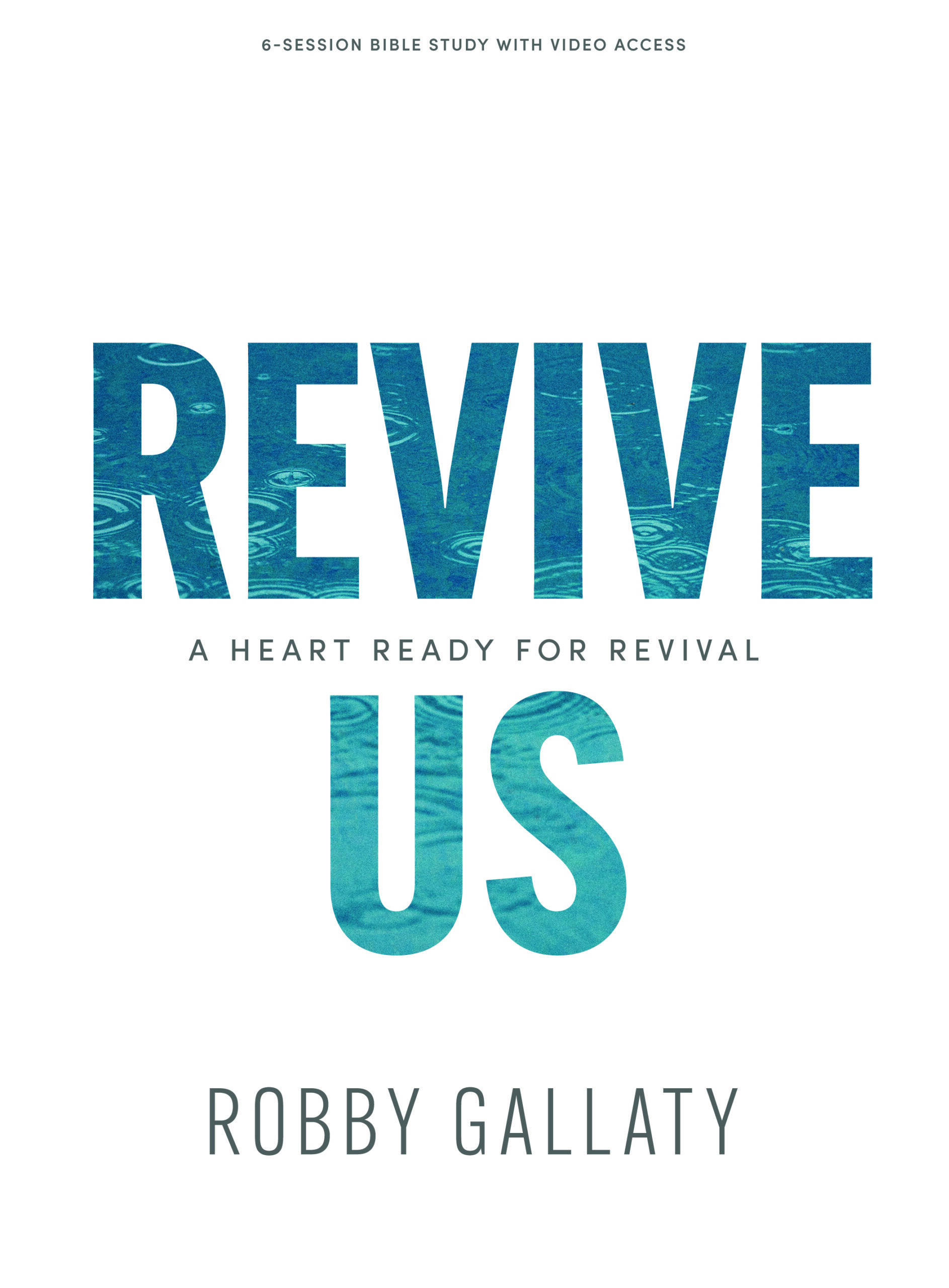How do you know the gospel is true?
All kinds of ways, really. We know it’s true because of the fruit in our lives— the outworking of the Holy Spirit in tangible ways among us. We know it’s true because of historical validation and eyewitness accounts. We know it’s true because of the way, not only in the Bible but before our very eyes, that people change in a moment when they encounter Jesus. But in the New Testament, perhaps the primary tangible validation of the reality of the power of the gospel might not be what you would think of at first glance.
In the Book of Ephesians, for example, the primary apologetic of the gospel wasn’t an apologetic of logic—an effort to prove with tangible facts and step-by-step reasoning why the life, death, and resurrection of Jesus makes sense. Neither was it offering firsthand testimonies of encounters with the risen Savior. Neither still was it Paul’s recounting of his own encounter with Jesus on the road to Damascus and pointing to his own dramatic change of life as proof of the gospel. Those are all fine things, but that’s not what Paul held up as the validation for the gospel. Not in this book.
In Ephesians, the gospel apologetic is the church itself. Specifically, the racial diversity that Paul emphasized there.
The church at Ephesus was a racially diverse congregation. Jews and Greeks worshiped alongside each other, and that last point is key. I suppose you could argue that it would have been easier, cleaner, and more comfortable for there to be a Jewish worship service at 9. That would be the one where they blew the shofar, read from the Torah, and had banners waving proudly. But the Jewish congregants had to be out by 10, because at 10:30 there would be a Gentile worship service. This one would be more focused on real-life issues, and everyone had ham sandwiches afterward.
What you find instead is the apostle writing to emphasize the necessity of togetherness—one, unified congregation. That’s not to say they didn’t have their troubles; they certainly did. But they were together under one head. That, according to Paul, is the most convincing evidence that the gospel is real:
But now in Christ Jesus, you who were far away have been brought near by the blood of the Messiah. For He is our peace, who made both groups one and tore down the dividing wall of hostility.” —Ephesians 2:13-14
Interesting, right? Not logic. Not personal testimony. In Ephesians, it’s the unity of the church—specifically, the racial unity—that validates the reality of the gospel. Makes you wonder whether our churches are validating the gospel in a similar way.
Look around us, and there are still walls. Still hostility. Still division. And so the call to tear down that which Jesus has already torn down resounds again today. The problem might be that such an exhortation is simply not pragmatic. Here’s what I mean: one of the principles of church growth involves creating homogeneous groups. That is, the most effective way of growing a church is to create a group, or a church for that matter, where people look, dress, earn, and act similarly to each other. The idea behind it is that people feel most comfortable and attracted to groups that are like them. So, in doing this, we target a specific group of people, gear all our marketing efforts toward them, and hope to create a buzz in that specific group of people. The homogeneous unit that’s created becomes the core of the church.
In other words, if you want the church to grow, make sure that the people in your groups look the same. Feel the same. Have all the same interests.
But just because it works doesn’t mean it’s right.
In truth, I like being in churches where people look like me. It’s easier there because I know they’re thinking what I’m thinking. They’re feeling similar things to what I’m feeling. It’s comfortable there. Only one problem—that’s not what heaven is going to be like.
If places where people are different colors, have a different socioeconomic background, or are from a different culture make me uncomfortable, then the afterlife has a surprise in store. God has always been cultivating a people of His own, and that people represents every tribe, tongue, and nation. And in heaven, those people will retain their cultural identity. We’ll hear every language being spoken under the sun before the throne of Jesus:
After this I looked, and there was a vast multitude from every nation, tribe, people, and language, which no one could number, standing before the throne and before the Lamb. They were robed in white with palm branches in their hands. And they cried out in a loud voice: ‘Salvation belongs to our God, who is seated on the throne, and to the Lamb!’” —Revelation 7:9-10
Now among other things, the church of today is supposed to be a glimpse into the future. Or at least it should be. And if the small group is the building block of the church, then perhaps this glimpse of heaven should start right there.
Perhaps a beginning point to this, when many of our groups are truly homogenous, is to begin the conversation of what racial diversity looks like and why it’s so important from a gospel-centered perspective. We want to provide you with a single site where you can find what you need to do just that. At this site, you can find videos, a prayer guide, and even free small group studies to help get you on your way.
If it’s true that the church should be a foretaste of heaven, then how can we intentionally or unintentionally try and cultivate a group experience where we all look the same? It’s effective, sure.
But what is pragmatic isn’t always what is right. And what’s right isn’t always pragmatic.
Michael Kelley lives in Nashville, TN, with his wife, Jana, and three children: Joshua (10), Andi (7), and Christian (5). He serves as Director of Groups Ministry for Lifeway Christian Resources. As a communicator, Michael speaks across the country at churches, conferences, and retreats and is the author of Wednesdays Were Pretty Normal: A Boy, Cancer, and God; Transformational Discipleship; and Boring: Finding an Extraordinary God in an Ordinary Life. Find him on Twitter: @_MichaelKelley.





[…] We love this post on small groups from Michael Kelley—Does Your Small Group Give a Glimpse of Heaven? […]